Why Does Jawbone Loss Occur?
Your jawbone plays a crucial role in supporting your teeth and facial structure. When teeth are missing or oral health issues go untreated, the jawbone can deteriorate over time, leading to serious consequences such as bone loss, changes in facial appearance, and difficulty with chewing and speaking.
At Kissimmee Oral Surgery, we specialize in bone grafting procedures to restore bone function and stimulate natural bone growth, helping patients regain a healthy, functional smile.
Common Causes of Jawbone Loss
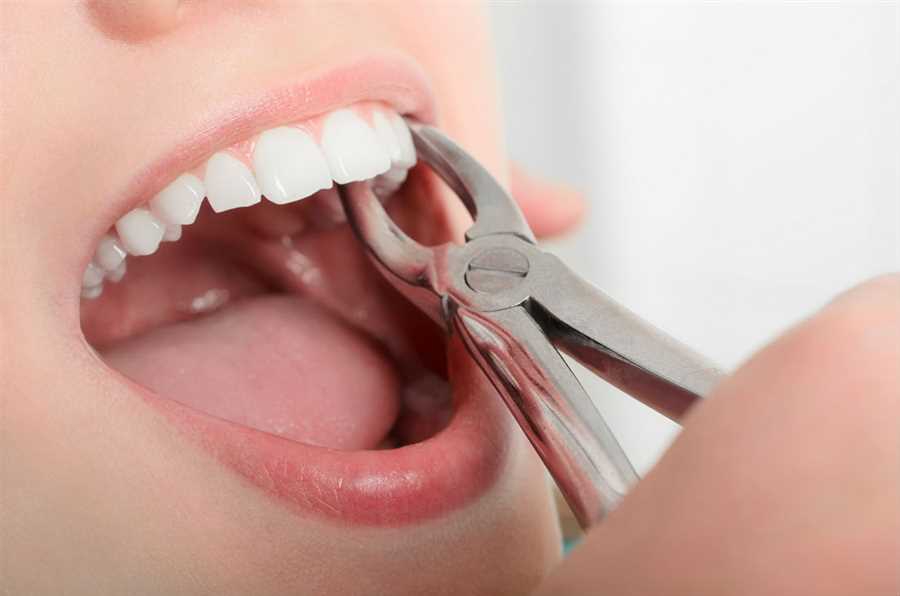
Tooth Extractions
When a permanent tooth is removed and not replaced, the jawbone begins to shrink due to lack of stimulation. The alveolar bone (the portion of the jawbone that supports teeth) no longer receives the pressure and function from chewing, causing it to gradually deteriorate.
- Most bone loss occurs within the first 18 months after tooth loss.
- Bone resorption continues throughout life without treatment.
- Dental implants can prevent bone loss by mimicking natural tooth roots.
Periodontal (Gum) Disease
Gum disease is a bacterial infection that damages the gums and bone supporting the teeth. If untreated, it progresses to periodontitis, leading to:
- Gum recession and deep pockets around teeth
- Loss of supporting jawbone and eventual tooth loss
- Increased risk of infections and further bone deterioration
Regular dental care and early treatment of gum disease are essential to prevent permanent jawbone damage.
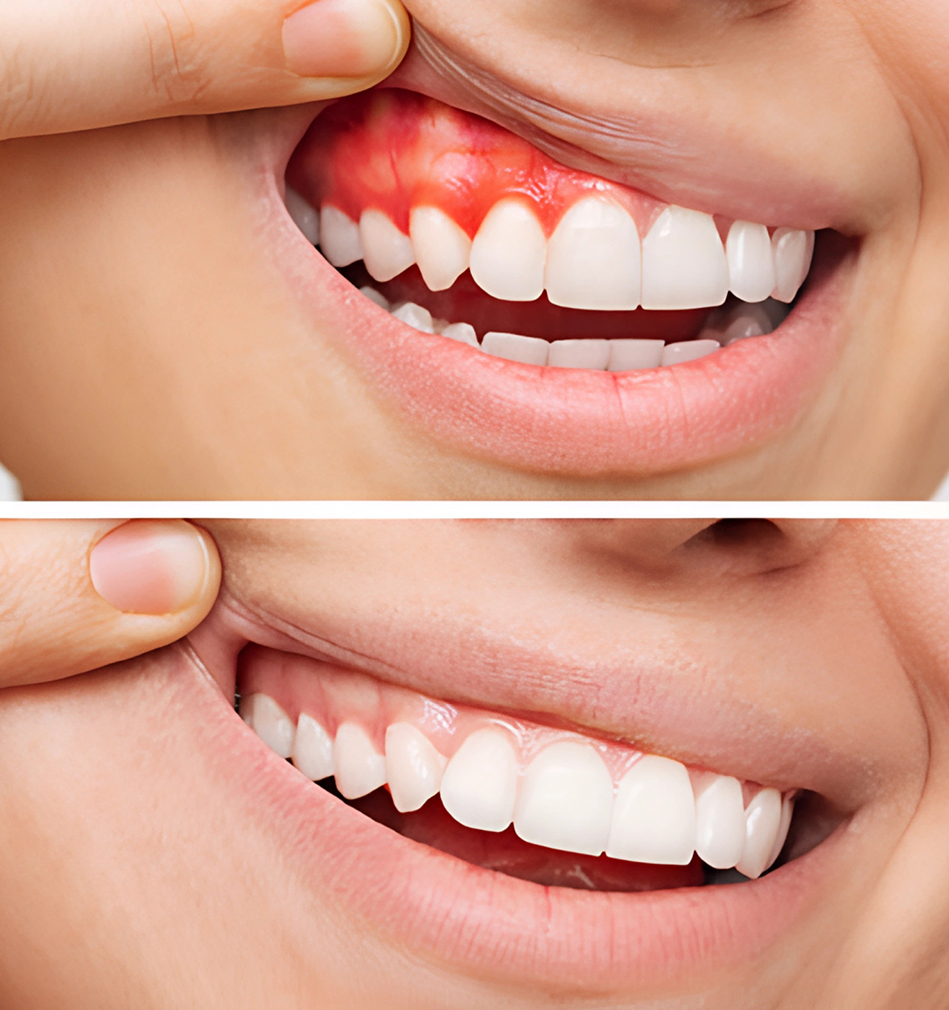
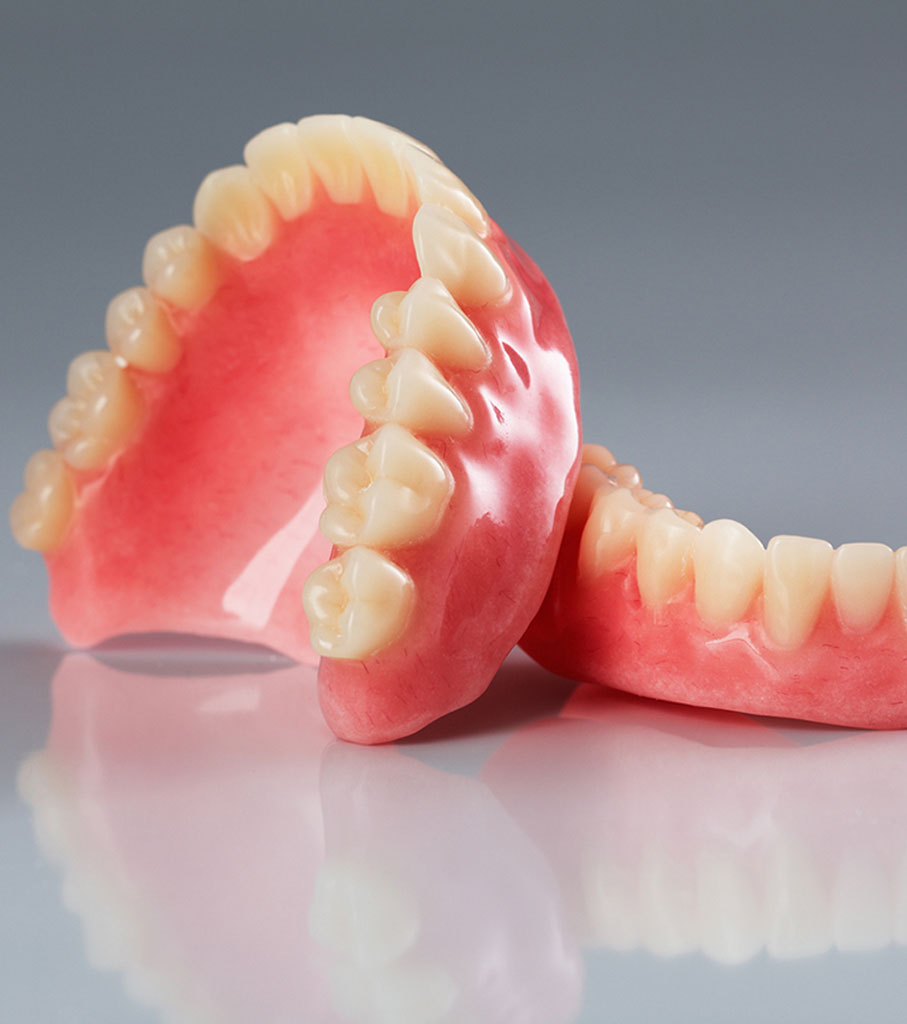
Dentures & Bridgework
- Traditional dentures rest on the gums but do not stimulate the underlying bone, leading to progressive bone loss over time.
- Loose or ill-fitting dentures can accelerate bone deterioration, making it difficult to keep them in place.
- Fixed bridges only stimulate adjacent teeth, leaving the jawbone beneath the missing tooth area unstimulated.
Dental implants provide direct stimulation to the jawbone, preventing further bone loss and offering superior long-term stability.
Trauma & Injury
Accidents, fractures, or trauma that cause tooth loss can lead to bone resorption if the missing tooth is not replaced. Even if a tooth is not lost immediately, past trauma can weaken the bone over time, increasing the risk of jawbone deterioration.
- A bone graft can restore lost bone in cases of dental trauma.
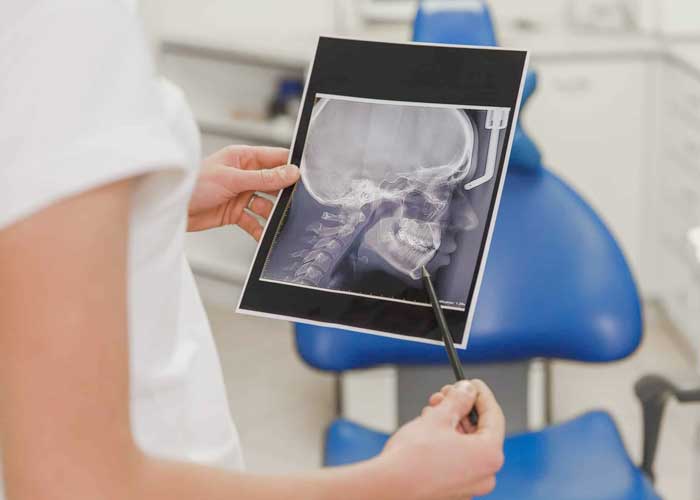
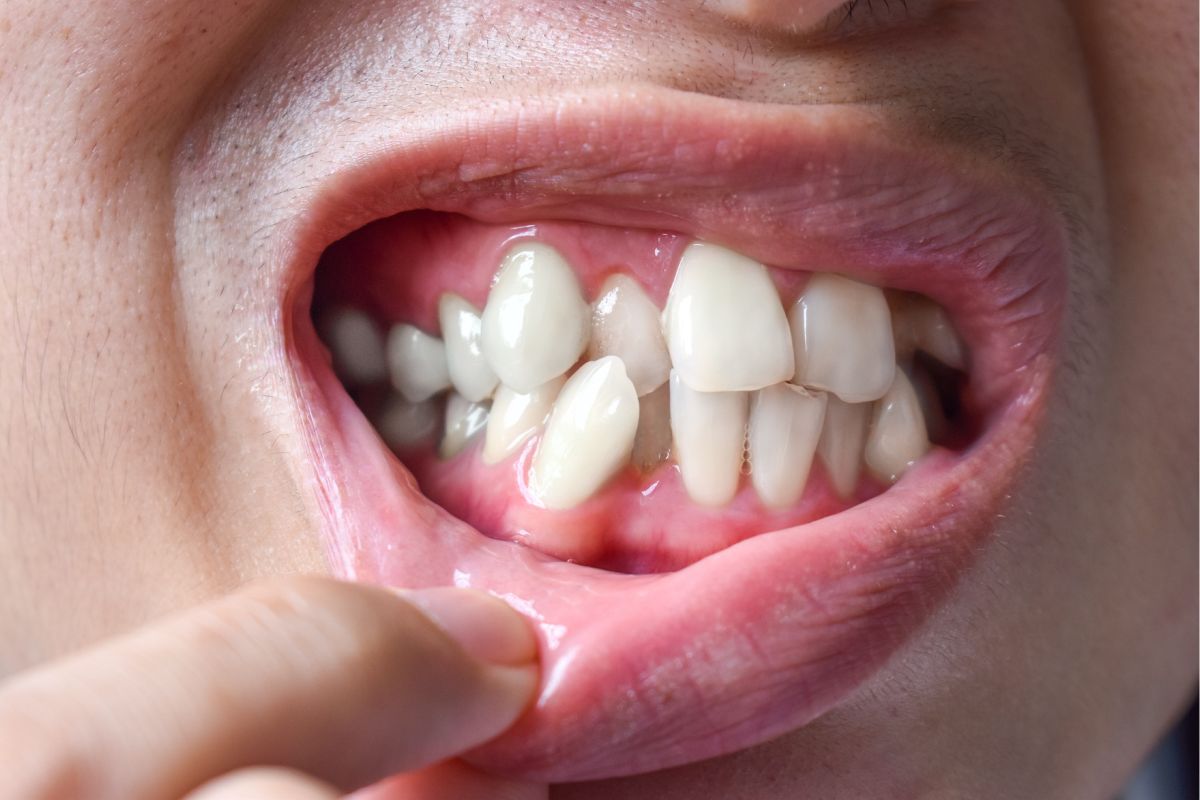
Misalignment & Bite Issues
- When teeth are not properly aligned, some areas of the jaw receive little to no stimulation, leading to bone deterioration.
- TMJ disorders, excessive tooth wear, or lack of proper dental treatment can also contribute to abnormal forces on the jaw, resulting in bone loss over time.
Early orthodontic treatment and proper bite correction can help preserve jawbone health.
Osteomyelitis (Bone Infection)
Osteomyelitis is a serious bacterial infection that affects the jawbone, leading to:
- Bone inflammation and destruction
- Reduced blood supply to the jaw
- Potential need for bone removal
After treating the infection, bone grafting may be required to rebuild lost bone and restore function.

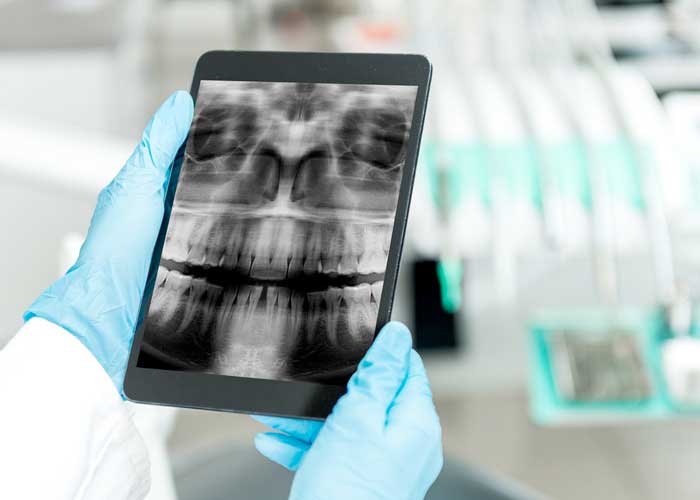
Tumors & Cysts
- Benign tumors can grow large enough to require jawbone removal, leading to functional and aesthetic concerns.
- Malignant tumors often spread into the jawbone, necessitating surgical removal and reconstruction.
Bone grafting can help restore jawbone structure after tumor removal.
Developmental Defects & Congenital Conditions
Some birth defects and genetic conditions can result in missing portions of the jaw, facial bones, or teeth.
- Bone grafting can help rebuild missing bone structure for improved function and appearance.


Sinus Expansion (Hyperpneumatized Sinuses)
When upper molars are removed, the sinuses expand into the jawbone, thinning the bone and making it difficult to place implants.
- A sinus lift procedure can rebuild lost bone, making dental implants possible for patients with severe upper jawbone loss.
How Can Bone Loss Be Treated?
At Kissimmee Oral Surgery, we offer advanced bone grafting procedures to restore lost bone and create a strong foundation for dental implants.
- Bone Grafting – Rebuilds bone volume in areas where bone loss has occurred.
- Sinus Lifts – Restores lost bone in the upper jaw for implant placement.
- Guided Bone Regeneration (GBR) – Uses special membranes to stimulate bone growth.
- Dental Implants – The best long-term solution to replace missing teeth and prevent further bone loss.
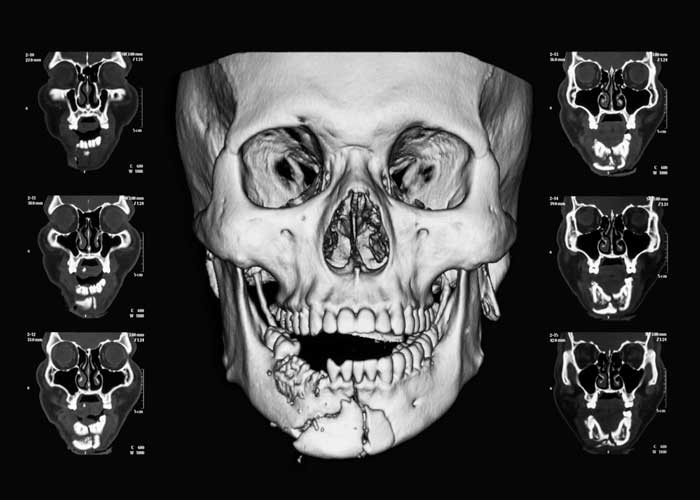
Preserve Your Jawbone & Protect Your Smile
Jawbone loss can affect more than just your teeth—it impacts your facial structure, oral health, and overall well-being. If you have missing teeth, gum disease, or any of the conditions mentioned above, early treatment is key to preventing long-term complications.